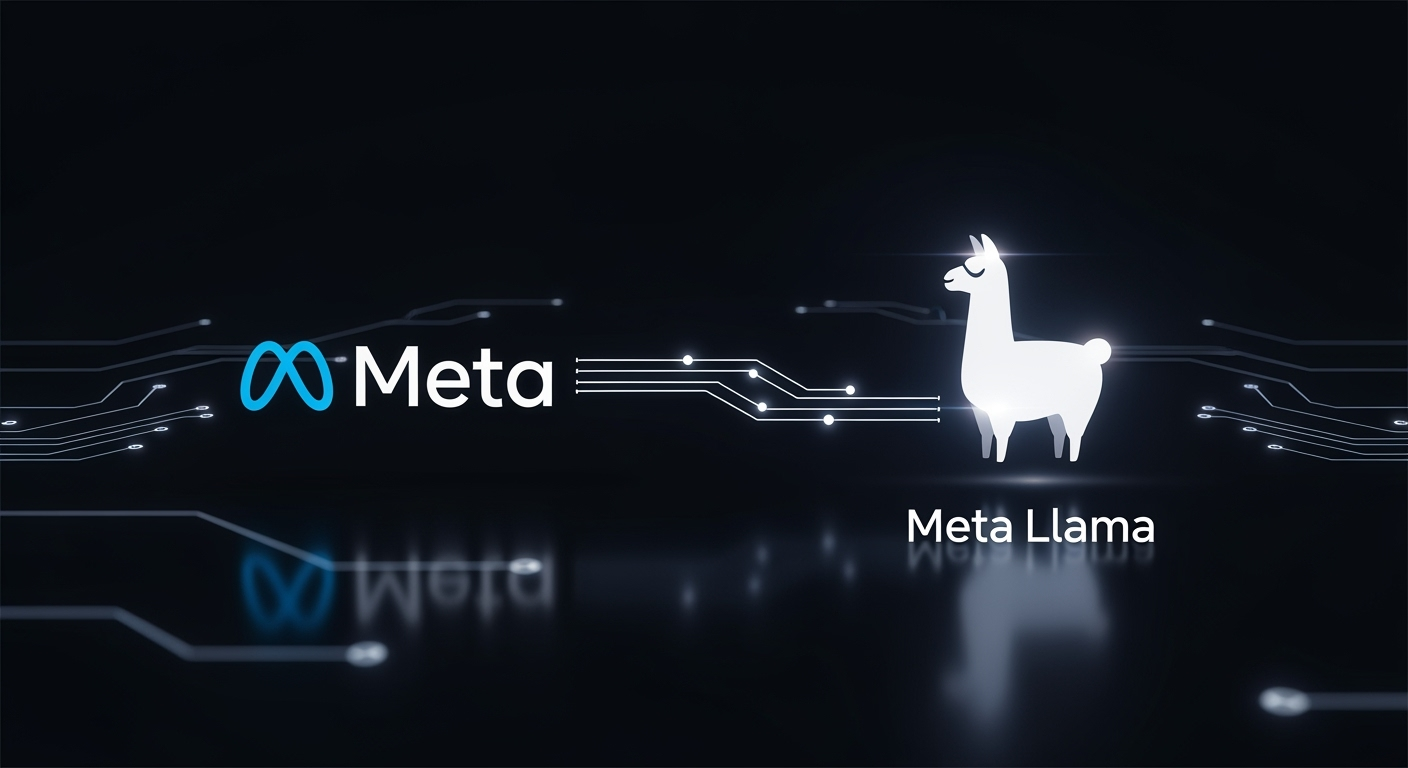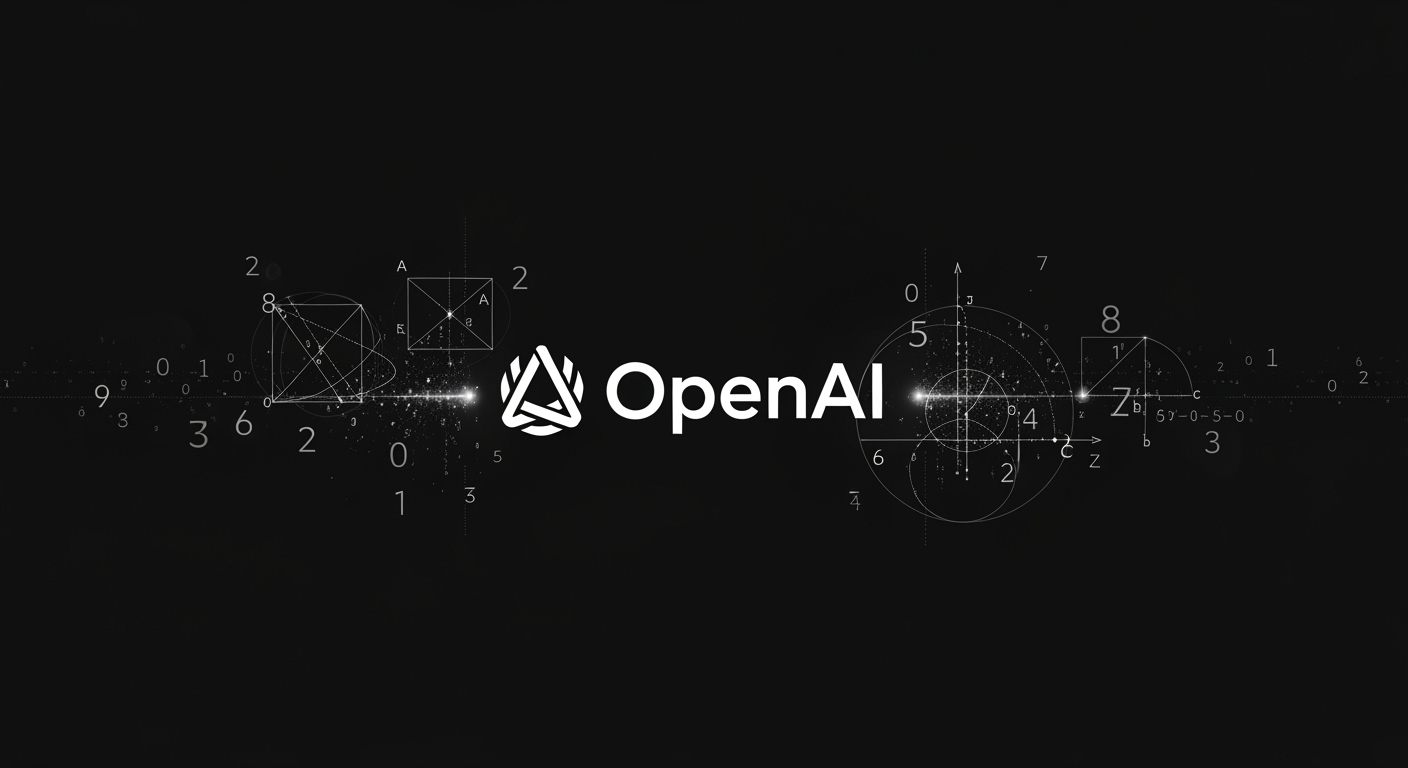Meta Llama: What Businesses Should Know About the Open AI Model

Understanding Meta Llama: The Open Generative AI Model for Businesses
Meta’s Llama family of AI models has quickly become a standout in the generative AI landscape, especially for developers and businesses seeking flexible, high-performance solutions. Unlike many proprietary models, Llama is openly available (with some limitations), making it a valuable choice for organizations exploring or building on AI technologies.
What is Meta Llama?
Llama isn’t a single model, but a growing series. The latest, Llama 4, released in April 2025, comes in three major versions:
- Scout: 17 billion active parameters, 109 billion total parameters, and an industry-leading 10 million token context window.
- Maverick: 17 billion active, 400 billion total parameters, with a 1 million token context window.
- Behemoth: (Not yet released) Projected to reach 288 billion active and 2 trillion total parameters.
The context window represents the amount of data the model can consider at once—Scout’s 10 million tokens is roughly equivalent to the text of 80 novels, enabling analysis of massive files or datasets in a single run.
Llama’s Capabilities & Use Cases
Llama models are natively multimodal (text, image, video processing) and support over 200 languages, making them versatile for global business needs. Their architecture, based on the mixture-of-experts (MoE) approach, balances efficiency and performance—even as context windows and parameter counts grow.
- Scout: Suited for complex, long-running workflows and extensive data analysis.
- Maverick: Designed for general business applications like coding, chatbots, and technical assistance—balancing reasoning with response speed.
- Behemoth: Intended for advanced research, model distillation, and STEM-centric tasks.
Llama can be integrated with external tools and APIs (e.g., Brave Search, Wolfram Alpha, Python) for up-to-date information and advanced computation, although these require setup.
Where Can You Use Llama?
Llama powers Meta’s AI chatbot experiences within Facebook Messenger, WhatsApp, Instagram, Oculus, and Meta.ai in 40+ countries. For businesses and developers, Scout and Maverick are available via Llama.com, as well as cloud platforms like AWS, Google Cloud, Microsoft Azure, and AI developer platforms such as Hugging Face.
Meta partners with 25+ hosts—including Nvidia, Databricks, Dell, and Snowflake—to provide scalable cloud options. While Llama is open access, businesses with more than 700 million monthly users need a special license from Meta. Meta has also launched "Llama for Startups," offering support and potential funding for early-stage companies adopting Llama.
Meta’s Safety & Security Tools for Llama
Meta provides a suite of tools to help make Llama deployments safer and more compliant:
- Llama Guard: Content moderation to block problematic or sensitive material.
- Prompt Guard: Protection against prompt injection attacks.
- CyberSecEval: Security risk benchmarking for AI models.
- Llama Firewall: Detects code and prompt security risks in real time.
- Code Shield: Filters insecure code and supports safe programming practices.
Developers can customize safety rules and apply them in all supported languages. However, these tools are not foolproof and may require further oversight.
Limitations to Consider
Meta Llama, like all generative AI models, is not without risks:
- Language and Multimodal Limits: Multimodal features are strongest in English for now.
- Training Data: Llama’s training set includes publicly scraped, and in some cases copyrighted, content. While courts have ruled in Meta’s favor for now, businesses should be cautious of potential copyright issues if the model outputs protected content.
- Data Privacy: Llama models are trained on public Instagram and Facebook data, and opting out can be difficult for users.
- Programming: Llama has a higher chance of producing buggy or insecure code. On coding benchmarks, its Maverick model scored 40%, well below some competitors.
- Hallucinations: Llama may still generate plausible but false or misleading information, so human review is essential—especially for mission-critical applications.
Conclusion
Meta’s Llama offers businesses unprecedented flexibility and openness in generative AI, with strong support for multimodality, large context windows, and a growing ecosystem of partners and tools. However, it comes with important limitations and responsibilities regarding data use, safety, and accuracy. For organizations seeking to leverage cutting-edge AI, Llama provides a promising foundation—provided its risks are actively managed.





